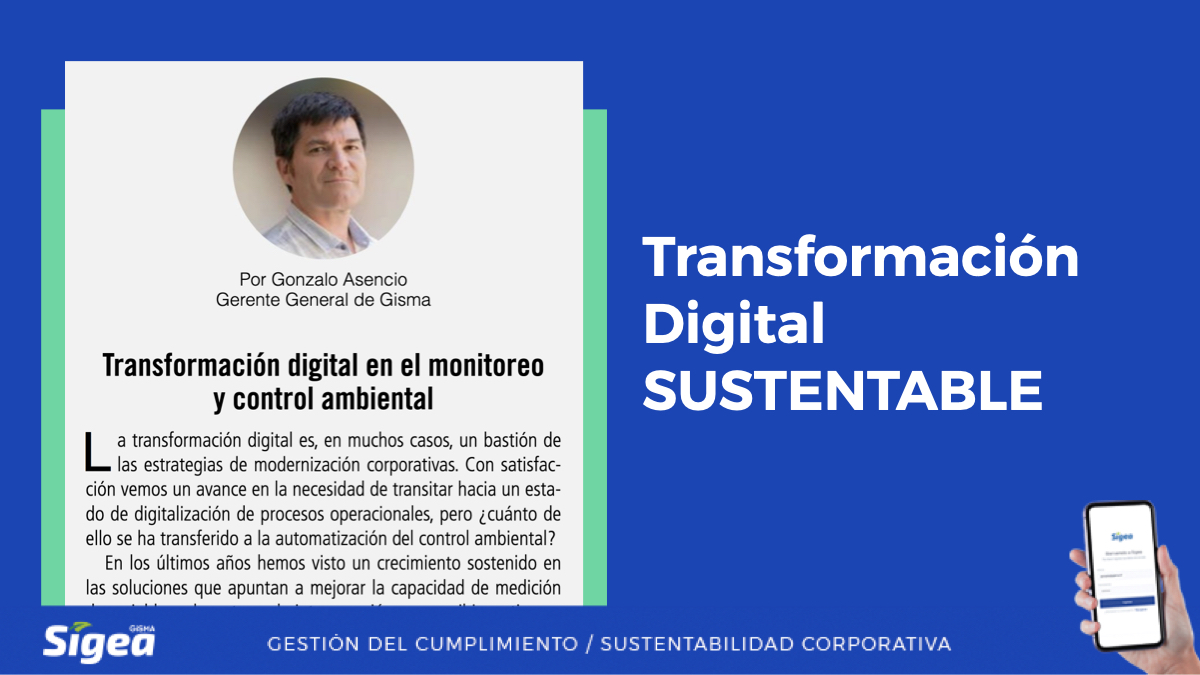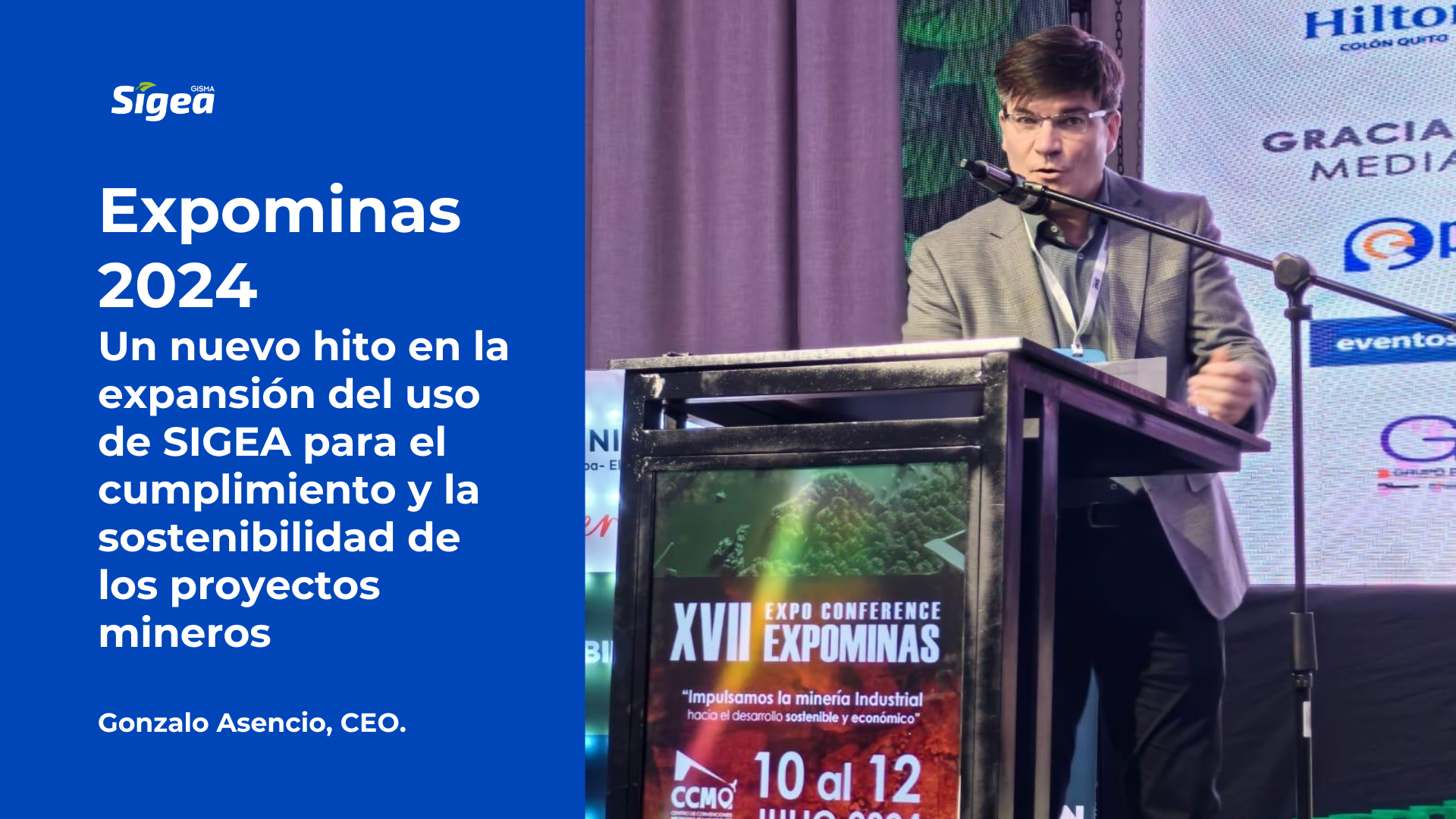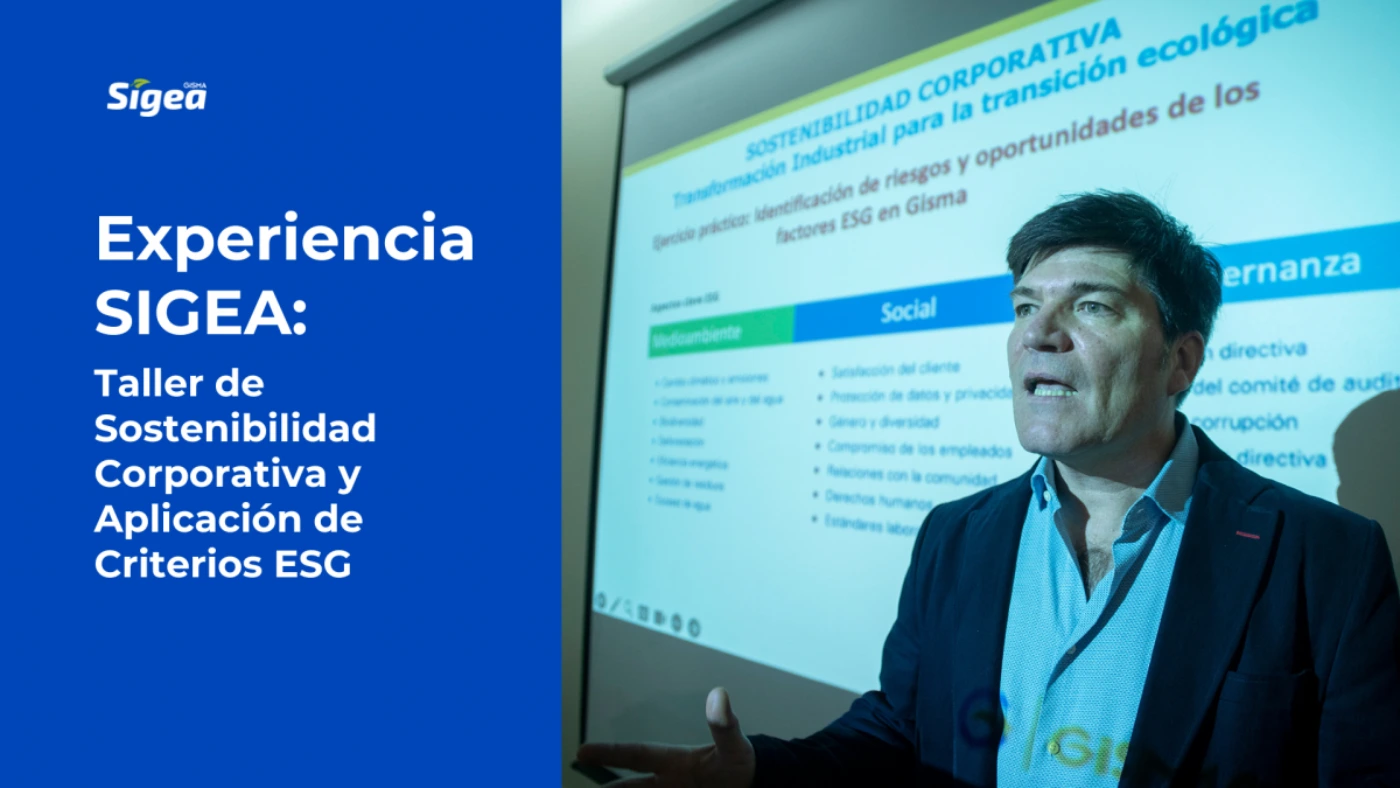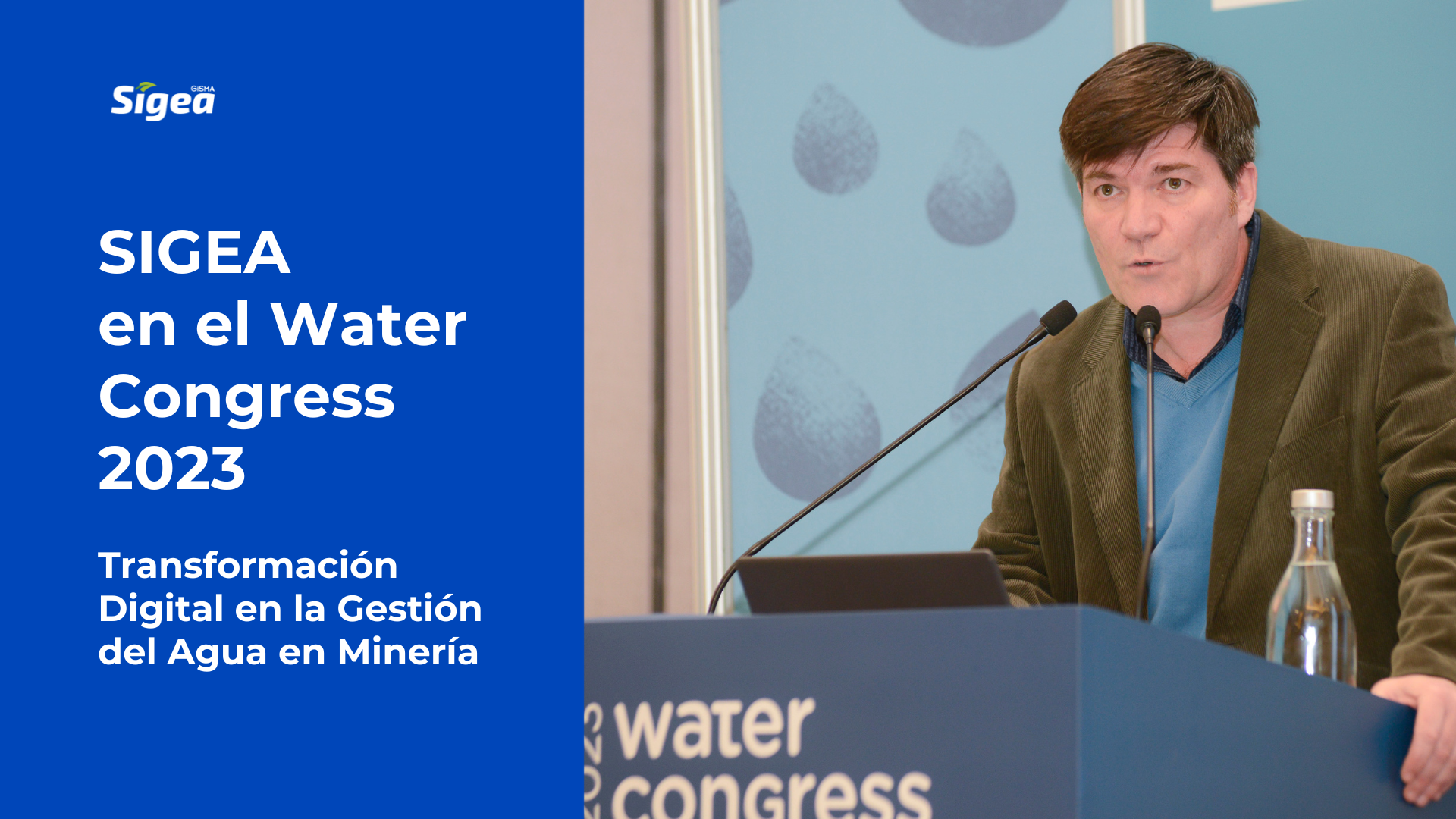Gonzalo Asencio, General Manager of SIGEA Software.
Digital transformation is, in many cases, a bastion of corporate modernization strategies. We are pleased to see progress in the need to move towards a state of digitization of operational processes, but how much of this has been transferred to the automation of environmental control?
In recent years we have seen a sustained growth in solutions aimed at improving the measurement capacity of relevant variables and interconnection to receive in real time the status and trends of the monitored elements. From the availability of monitoring different parameters of the water resource and air quality monitoring, which until recently were the most advanced in environmental monitoring, today we have sensors for energy sources and flows, cameras to detect movements or operations under control, anomaly detectors for hazardous site operators, vibration sensors, noise monitoring, among other alternatives.
Along with this, there is a greater availability of devices to manage information flows efficiently. From the sensor that captures the data, to the servers that receive and process big data, to deliver organized information to decision makers in the palm of their hands and, thus, respond cost-effectively to the new requirements of management control.
This scenario is ideal for responding to an increasingly stronger regulatory framework, with greater demands on project operations, more variables to monitor, more demanding thresholds and changes in the way of reporting. In Chile, the SMA (Superintendencia del Medio Ambiente) and the DGA (Dirección General de Aguas) have established legal requirements for the continuous sending of data, such as those referring to water and air quality in the case of the SMA, and the requirements for continuous measurement of flow rates and levels for extractions from wells with water use rights of the DGA, within the framework of the so-called “Environmental Intelligence Strategy”.
The automation of environmental control is happening and it is the right time to align technology development strategies to its requirements. Today is the best time for organizations to invest in and operate high-end monitoring systems, with everything needed to ensure that processes meet the highest quality standards and are prepared for the next challenges of environmental control.
Column published in InduAmbiente 179 (November-December 2022), page 41.
See in Induambiente Chile:




